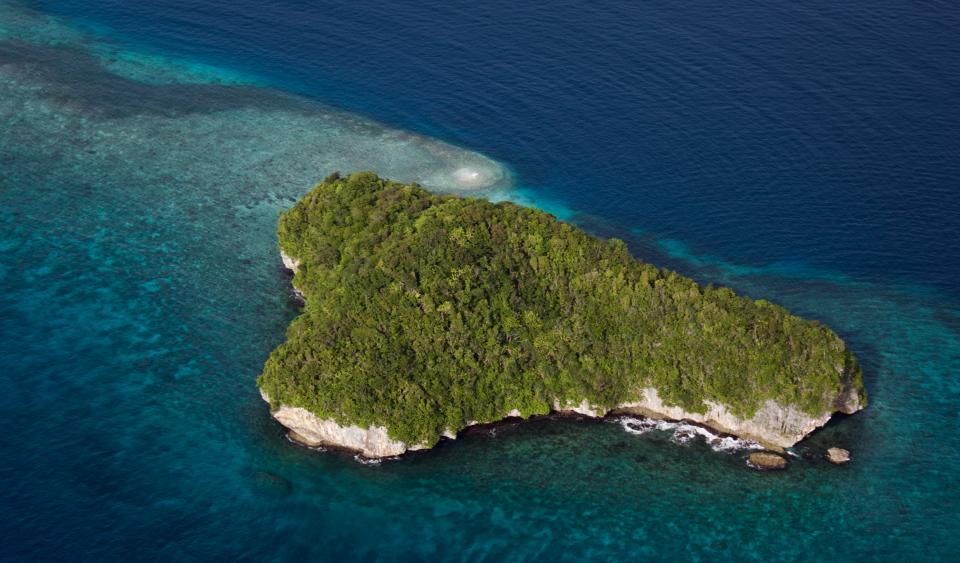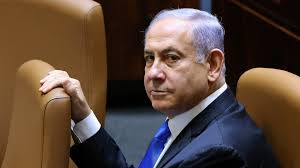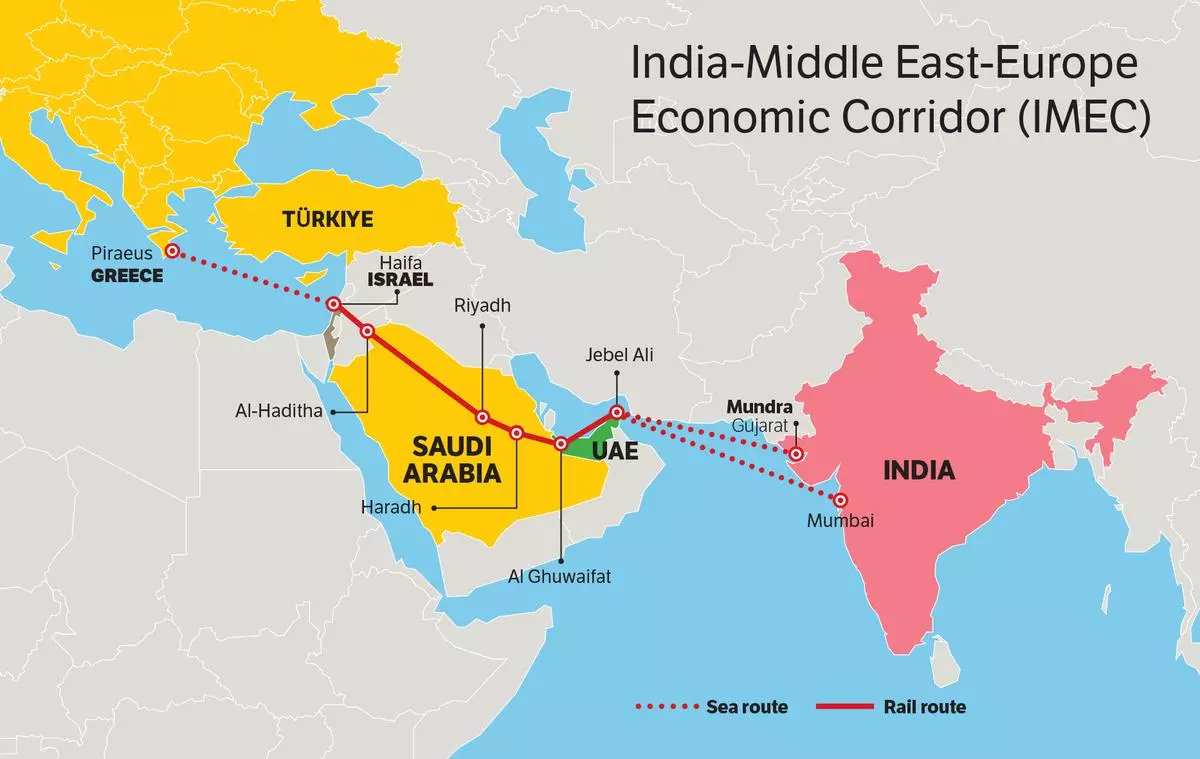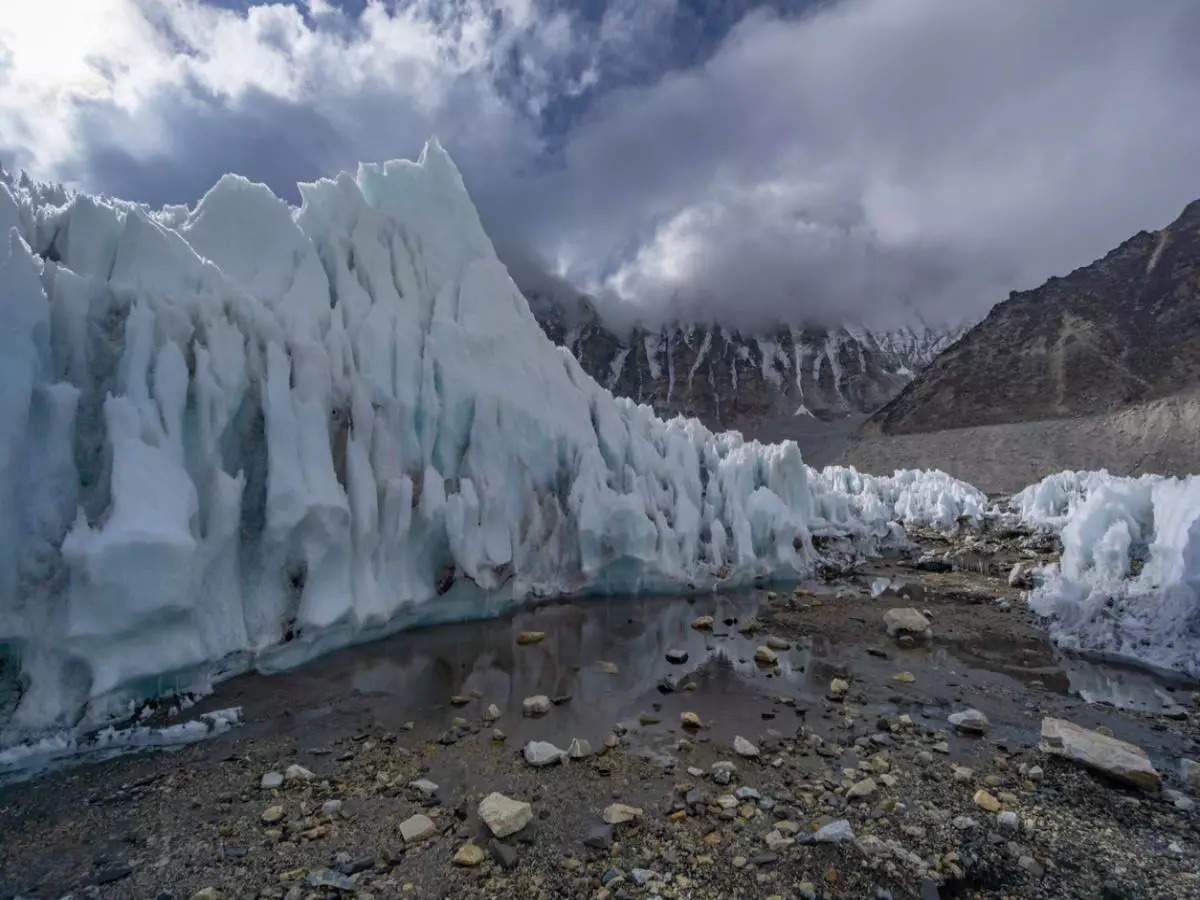- The 4th International Conference on Small Island Developing States (SIDS-4) is now happening in Antigua and Barbuda.
What are the Small Island Developing States (SIDS)?
- SIDS are 39 states and 18 Associate Members of the United Nations Regional Commissions that face particular social, economic, and environmental challenges.
- SIDS are situated across three regions:
- the Caribbean,
- the Pacific
- the Atlantic, Indian Ocean, and South China Sea (AIS).
- Their unique concerns were recognised in the 1992 United Nations Conference on Environment and Development in Rio de Janeiro, Brazil.
Challenges Faced by SIDS:
- SIDS have challenges such as high import/export costs owing to their remote location and limited resources.
- The Exclusive Economic Zone (EEZ), which is much bigger than landmasses, supplies critical resources but also presents issues such as high transportation costs and sensitivity to economic shocks.
Biodiversity and Economic Significance:
- Biodiversity maintains essential businesses such as tourism and fishing, which frequently account for more than half of SIDS’ GDP.
- Beyond economic advantages, biodiversity has aesthetic and spiritual significance, as it provides critical functions such as food supply, erosion prevention, and natural catastrophe protection.
Source: https://www.un.org/ohrlls/content/list-sids









